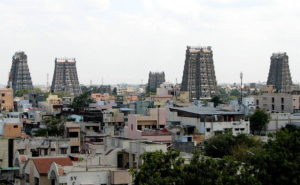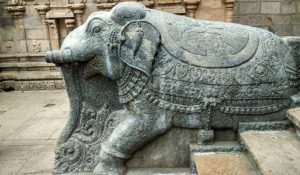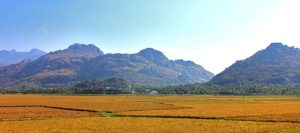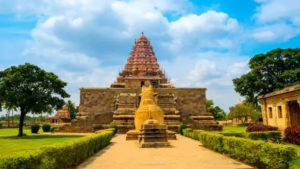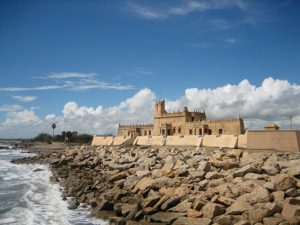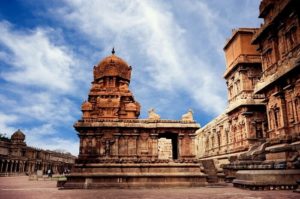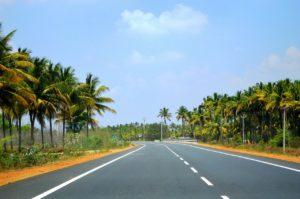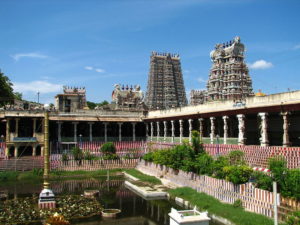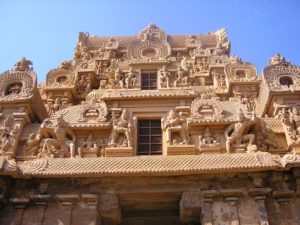






Tamil Nadu - Packages
Ooty-Kodaikanal-Coimbatore-Madurai
General Information:
Tamil Nadu has glorious past, a vibrant culture, a rich history, and natural bounty in the form of blue beaches and clear skies. One can enjoy on the Marina beach, go cruising in the theme parks, or let the mind search for peace in the midst of magnificent temples. Alternatively, one can relish the mouth-watering dosas, savor the refreshing filter coffee, or enjoy the Bharatnatyam performances. Tamil Nadu is not about the past only, but it has set it’s site on the future. The state is developing rapidly on all the fronts whether it is economy, social, human resource, culture, and so on. Tamil Nadu is one of the top three Indian states, which receive highest foreign investment in the sectors like automobiles, information technology, power, telecommunication, and others. On the social front, the state has a high per capita income, there is easy availability of social resources to people, and it produces quite a large number of trained manpower to increase the productivity. No wonder that the past and present in Tamil Nadu has a harmonious coexistence.
Geography:
Tamil Nadu, located in south India, is bounded on the north by Andhra Pradesh and Karnataka, on the south by the Indian Ocean, on the east by the Bay of Bengal, and by Kerala on the west. Point Calimere and the Mudumulai Wildlife Sanctuary mark the eastern and western limits of the state respectively. The northernmost limit is the Pulicat Lake while the southernmost tip, defining the end of the Indian landmass, is Cape Comorin or Kanyakumari. The land can be divided into five major physical divisions – the Kurinji or mountainous region, the Mullai or forest region, the Palai or arid region, the Marudham or the fertile plains and the Neidhal or coastal region. The Eastern and Western Ghats meet in Tamil Nadu and run along its eastern and western boundaries. The Cauvery River, originating in the Coorg district of the neighboring state of Karnataka, is the lifeline of the state. The lush Coromandal plains are irrigated by the Cauvery and its Thanjavur-Nagapattinam delta is called the granary of Tamil Nadu. Palar, Pennar, Vaigai, and Tamiraparani are the other rivers of the state.
History And Culture:
Tamil Nadu was ruled by three major dynasties-the Cholas in the east, the Pandyas in the central area and Cheras in the west. This was during the Sangam Age – the classical period of Tamil literature-that continued for some 300 years after the birth of Christ. The Pallava dynasty was influential particularly in the 7th and 8th centuries, testimonies to which are the monuments at Mamallapuram. In the 13th century, with threats of Muslim invasions from the north, the southern Hindu dynasties combined and the empire of Vijayanagar, which covered all of South India, was firmly established. However, by the 17th century, due to the disintegration of the Vijayanagar Empire, various small rulers like the Nayaks ruled southern India. By the middle of the 18th century, there were frequent conflicts between the British, French, Danes, and Dutch due to their interest in these areas. The British were finally victorious, while small pockets like Pondicherry and Karaikal remained under French control. Under the British rule, most of south India was integrated into the region called the Madras Presidency. In 1956, the Madras Presidency was disbanded and Tamil Nadu was established.
Best Places To Visit:
- Chennai
- Mahabalipuram Beach
- Kanchipuram
- Pondicherry
- Madurai
- Tanjore (Thanjavur)
- Chettinad
- Ooty
- Kanyakumari
- Rameshwaram
- Tiruvannamalai
What to do:
- Visit Sights & Landmarks
- Go back in the ancient history and heritage tour
- Experience the Music, Theater
- Go for shop in market
- Get a tan at one of the beaches
- Cruises, Sailing & Water Tour
- Visit Mountain and Musems
Best time to visit:
Tamil Nadu essentially enjoys tropical weather throughout the year hence there’s scarcely much variation in temperature as you’d notice in North India. From March till October, humidity level soars and even mercury level remains 38°C on average. Post monsoon in November, the climate of Tamil Nadu begins to get colder and remain cool till the end of March making it the best time to visit Tamil Nadu especially for sightseeing and temple tours.
Map:
Tamil Nadu Photos Gallery
Testimonials
Goa Tour
It was G8 experience to book the package of amezing GOA tour. They had given the best rate of the package & of very nice Resort.
Royal Rajashthan
It was very nice experianc booked Royal rajashthan tour. The provided full Facility, good room, food, serivice, what they committed befor booking. We satisfied with his tour, thanks for your Good Supports and service.
Panchgani Package
It was absolutely superb Hotle with nice services I got. Those people provided good hospitality including all aspects like room service, parking, good food quality and guide suggested who warmly showed all the locations in panchgini.
Rameshbhai Patelakshar tools
Goa Tour
It was G8 experience to book the package of amezing GOA tour. They had given the best rate of the package & of very nice Resort.
Royal Rajashthan
It was very nice experianc booked Royal rajashthan tour. The provided full Facility, good room, food, serivice, what they committed befor booking. We satisfied with his tour, thanks for your Good Supports and service.
Panchgani Package
It was absolutely superb Hotle with nice services I got. Those people provided good hospitality including all aspects like room service, parking, good food quality and guide suggested who warmly showed all the locations in panchgini.

